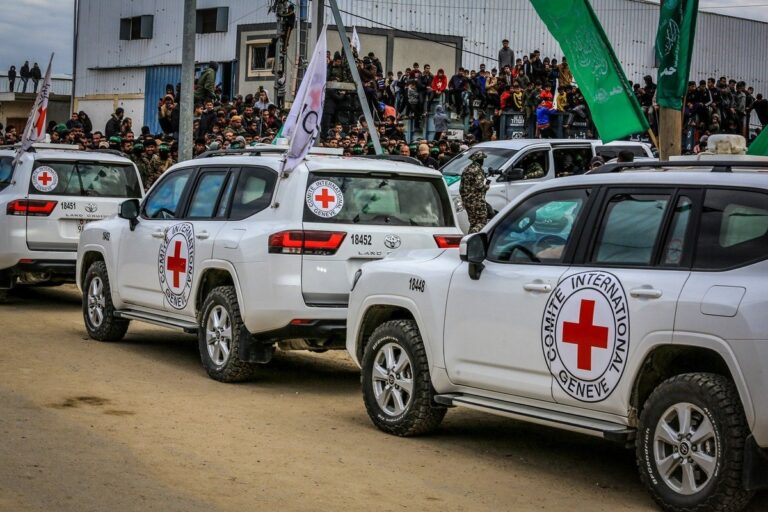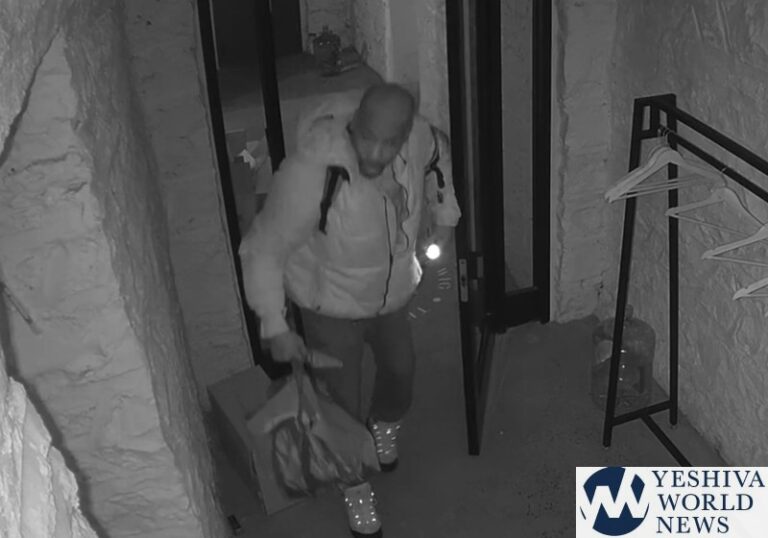 New York City commuters endured hours-long bus trips and bumper-to-bumper traffic on Wednesday as the city struggled to fix a crippled subway system and get back to business in the wake of mega-storm Sandy.
New York City commuters endured hours-long bus trips and bumper-to-bumper traffic on Wednesday as the city struggled to fix a crippled subway system and get back to business in the wake of mega-storm Sandy.
Even with many people staying home for a third consecutive day, New York-area commuters grappled with clogged streets. Some bicycled to work. Some walked across the Brooklyn Bridge. Others gave up altogether and turned back home after waiting in vain for packed buses to take on more passengers.
“There’s a lot of irritation. Everyone’s worried about being docked pay and being late,” said Amar Man, a 57-year-old Queens resident who does light construction and maintenance work.
Man finally caught a bus on Wednesday morning from Queens to Manhattan after watching about a dozen go by without stopping because they were too full.
“I think the patience is going to wear thin by tomorrow,” he said.
For many, Sandy’s aftermath – debris-clogged streets, flooded subway tunnels and widespread power outages that took out train service and stop lights – made for one of the worst commuting days in memory.
With no subway or commuter rail service into Manhattan, cars became the transportation of choice for many workers traveling from one point to another or those coming in from surrounding areas. The result: Gridlock.
Traffic became such a nightmare that New York Mayor Michael Bloomberg ordered new driving restrictions. He announced that only high-occupancy vehicles could enter Manhattan from most bridges and tunnels for the next several days.
Some people who were able to hail taxis just ended up sitting in traffic as the fare – and their tempers – rose.
“It has taken me nearly an hour, and it’s already $42,” said advertising sales worker Lenore Shickmanter, who was in a taxi in Brooklyn. “I’m just trying to do anything I can to get to work.”
The subway is the lifeblood of the city’s transportation network, with daily traffic of about 5.5 million people, and its loss has been the biggest commuting headache of all.
Officials said partial subway service will resume in New York City on Thursday, four days after it was shut down as Sandy approached the East Coast. Limited commuter rail service also was to start on Metro North and the Long Island Rail Road on Wednesday afternoon..
City buses were not charging fares, but waits were long. A bus stop on the corner of East 60th Street and 2nd Avenue in Manhattan at one point had more than 100 people in a line that stretched down to 1st Avenue and around the corner.
Aimee Becker, a 46-year-old jewelry designer from Manhattan’s Lower East Side, a neighborhood that was still without power, said she waited 45 minutes for a bus to take her to work near the Empire State Building, 50 blocks away, before giving up. She arrived only to find that her workplace was closed.
Hundreds of people spilled off the Queensboro Bridge, onto East 60th Street after deciding that walking would be faster than the bus. On the Brooklyn Bridge, which connects Brooklyn and Manhattan, bicyclists weaved through the throng of pedestrians, whistling at people to move out of the way.
Bronx resident Miriam Grate, an administrator at Citigroup in Queens, said she got up at 4 a.m. to start the journey to her office. She took an express bus to Manhattan, but as of 9 a.m., she was still waiting for a bus to Queens.
“I’ll get there when I can get there,” Grate said, saying she thought her employer probably would be grateful she came. “I have to go day by day.”
Another commuter, Jorge Valdiriz, 31, a musician and teacher carrying a guitar and backpack, was also moving from borough to borough. He was headed to a studio in Brooklyn to record with his band, though he wasn’t sure how he would get there.
“No subway makes a big difference,” he said, adding: “The things we do for music.”
(Reuters)










